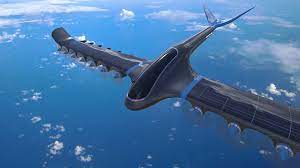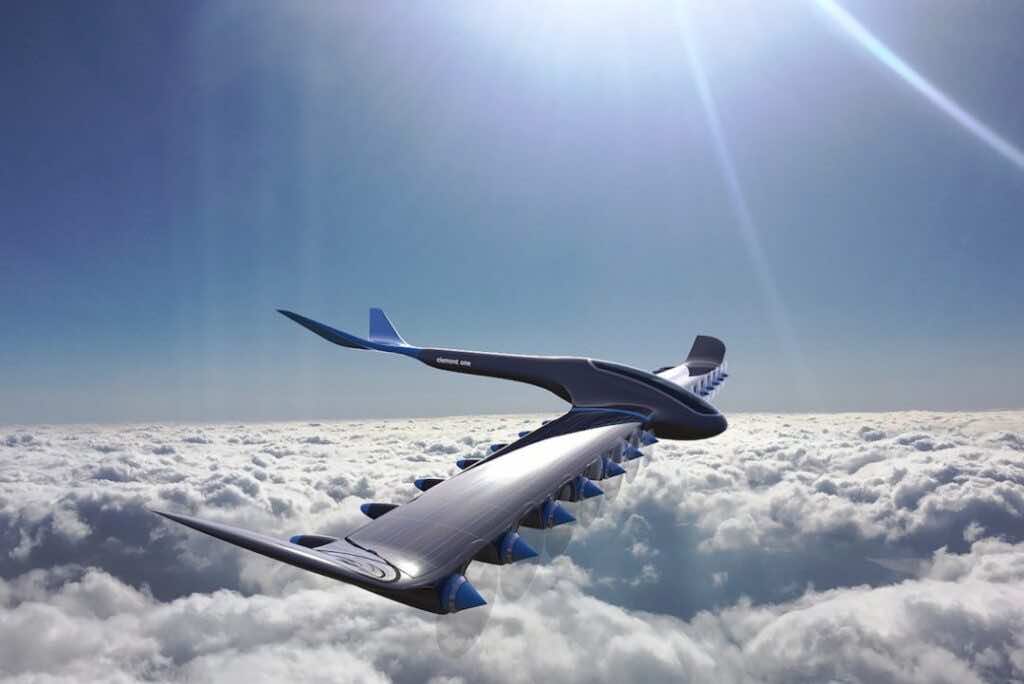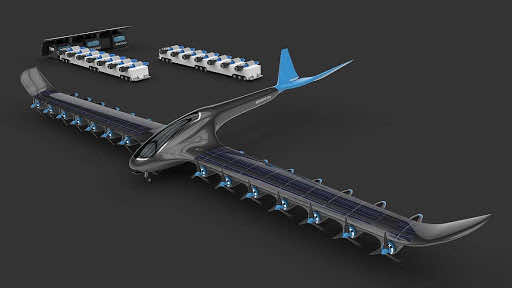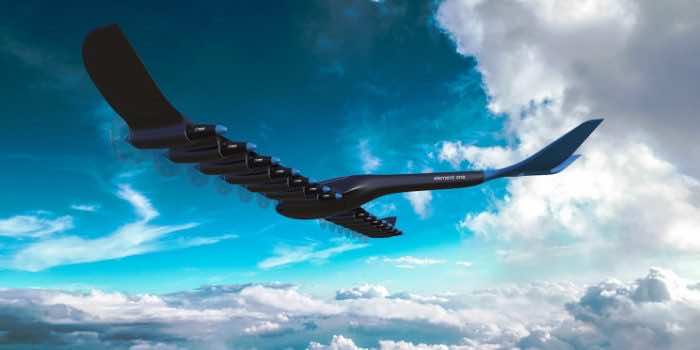This New Passenger Aircraft Will Run On Hydrogen And Electricity
An ambitious Singaporean firm has set its eyes to be the first to cross the south Atlantic with a hydrogen aircraft.
HES Energy Systems a Singapore-based tech beast is creating a machine which it has termed the world’s first regional hydrogen-electric passenger aircraft, the Element One.
The company first unveiled its plans for Element One three years back in 2018. The mindboggling ambitions of the company do not end here as the parent company of HES Energy, ISAE-SUPAERO has stated that it is edging closer towards the creation of an unmanned aircraft to cross the south Atlantic.
It is no hidden fact that the debate between the hydrogen and electric futures is a hot one. However, the MarketsandMarkets report, published in April, stated that the Hydrogen aircraft market will be worth $7,427 million by 2030.

Personalized, zero-emission flight
HES has also reassured its commitment towards zero-emission while putting its weight behind a more silent, decentralized, personalized, and zero-emission mode of aerial transport.
The ultra-light hydrogen fuel cells use by Element One are capable of providing over 500Wh/kg, and a distributed electric aircraft propulsion design which is the perfect combination of innovation and technical genius. Not only is this aircraft eco-friendlier, cost-efficient, and out of the box, it is also safer as it has addressed quite a few system redundancies.

The Many, Many Benefits of VTOL Aircraft
Little has been told in black and white by the HES about the specifications of the aircraft but the images they have revealed of the concept carrier show an aircraft with 14 propellers attached to a green hydrogen fuel cell.
The carrier is modeled to carry 4 passengers for a distance of 5000 km based on the fact that the hydrogen is in liquid or gas form.
Only 4 passengers? There seems to be a paucity of capacity in the aircraft. There is a sound reason for that, this premium jet will be only made on order. On the same hand, they also want these to be more accessible to the rural communities and this compact, eco-friendly jet may well be what we have always thought of to be an aerial taxi.

Breaking the endurance limits of battery-electric flight
The Element One can be refueled in under 10 minutes just like all the recent eVTOL Jet. While there is a surge in the trend of replaceable batteries in air taxis, Element One will utilize an automated nacelle replacement system to replenish its hydrogen tanks.
“It’s now possible to break past the endurance limits of battery-electric flight using HES’ ultra-light hydrogen energy storage in a distributed propulsion arrangement” Taras Wankewycz, founder of HES, told in the company’s press release. “Element One’s design paves the way for renewable hydrogen as a long-range fuel for electric aviation.”
The company is in advanced discussions with hydrogen producers at an industrial scale to test energy-efficient replenishment systems for their aircraft at airports.
HES’s parent company ISAE-SUPAERO has shown its ambition to cross the South Atlantic as historic French aviator Jean Mermoz did by flying from Senegal to Brazil. The journey will span over a distance of 1864 miles (3000 km). But the catch to their journey is that unlike Jean Mermoz they want to do it in an unmanned aircraft.
Another big name is pursuing the hydrogen initiative, airbus, with their concept “Pods” and Universal Hydrogen are also encouraging news for the environmental activists. The universal hydrogen aim at fitting the existing aircraft with hydrogen cells.
Working towards a hydrogen-fueled sharing economy
Element One has also ventured with Wingly, a Paris-based start-up that allows private pilots to share seats with local passengers, more like a carpooling app.
Element One concept’s unveiling was a major event in which Emeric de Waziers, CEO of Wingly, said “We analyzed the millions of destination searches made by the community of 200,000 pilots and passengers on our platform and confirm there is a tremendous need for inter-regional transport between secondary cities.”
“By combining autonomous emission-free aircraft such as Element One, digital community-based platforms like Wingly, and the existing high-density network of airfields, we can change the paradigm. France alone offers a network of more than 450 airfields but only 10% of these are connected by regular airlines. We will simply connect the remaining 90%.”
HES claimed that it hopes to have the first flying prototype of the Element One airborne before 2025 and that it will share more information sooner than later on its development into hydrogen aviation.

No comments:
Post a Comment